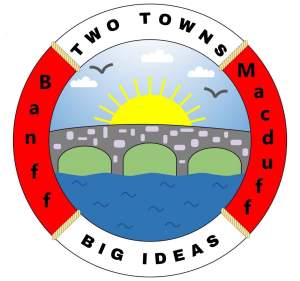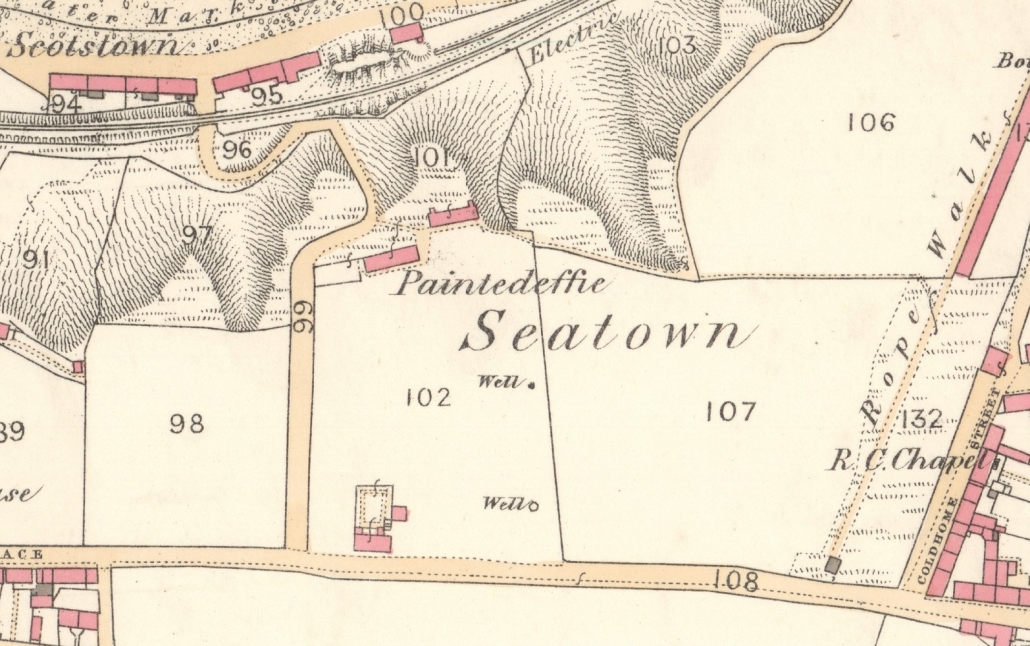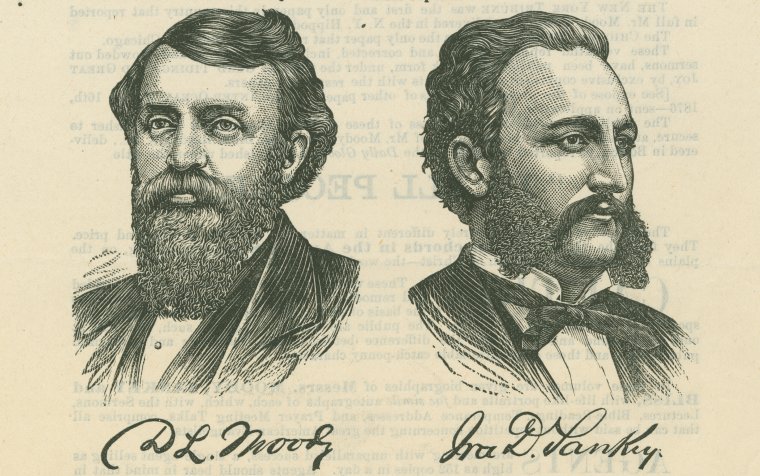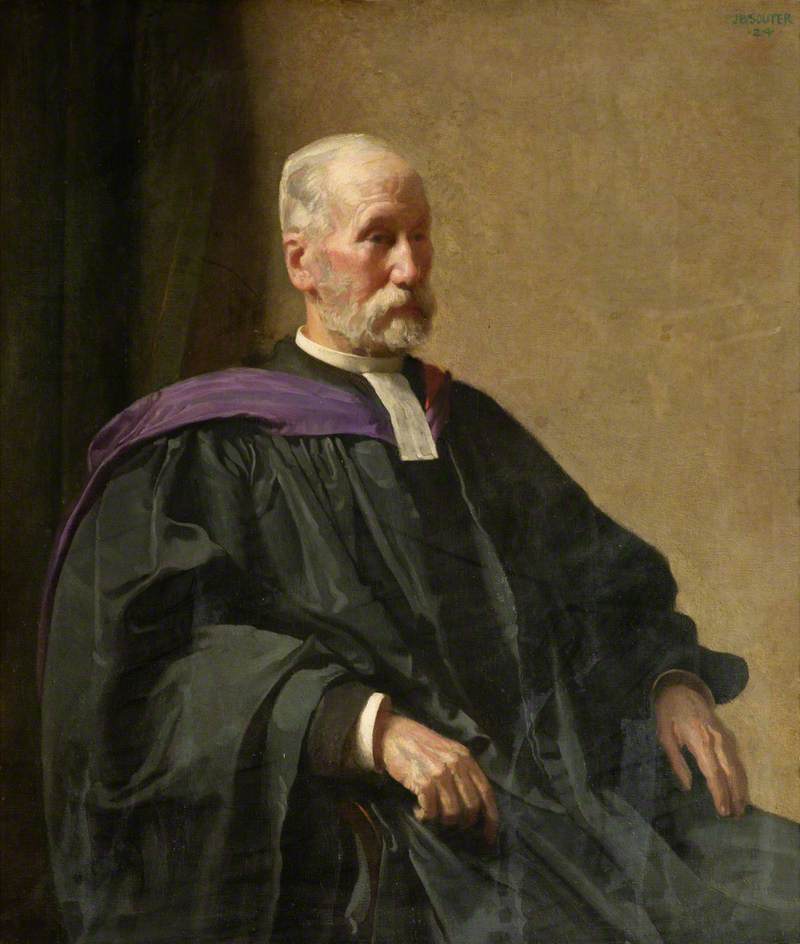This Story is about an area of Banff which used to be known as “Painted Effie”. The first record found of this name is in the Burgh Records for 1763 when the “Magistrates and Council, considering the necessity for the town having a washing-green and washing-house for the conveniency of the inhabitants” named a Committee to execute this plan “adjacent to…Painted Effie). Most houses at this time did not have their own water supply, instead there were a number of springs and wells from which people had to go to get their water; occasionally a cistern – a tank – was installed so that it could fill slowly and provide a buffer supply.
There were at least two springs at Painted Effy, or Painted Effie. By July 1765 a Washing House had been built “with four fire places and a separate room for keeping clothes”, plus four bleaching greens, “with proper reservoirs of water and everything necessary for the convenience of those who incline to wash there”. A description by Sheriff-Clerk Gordon Hossack in a paper given to the Banffshire Field Club described Painted Effie as it was when he was a youngster in the mid-1800s: “a pretty green grass park intersected with several canals of sparkling pure water supplied from a dome shaped cistern called ‘the fountain’”. It was this structure that gave the name to today’s “Fountain Street”. From 1780 one of the Painted Effie springs also supplied water to the Banff Brewery – located where the “Meadowlands” shop is today.
A “bleaching green” is an area of open land where clothes could be laid out and whitened by the sun. No suggestion has been found it was part of the older linen industry in Banff.
A house was also built for the person who looked after the wash house. The first person to do this was a Jean Milne.
The earliest map that has a building on the site is dated 1775; the next detailed map is the first Ordnance Survey map of 1868 which names the area. The road shown down to Painted Effie is today Wood Street; even into the late 20th century this was a roadway which led to Scotstown, but today it is just a footpath.
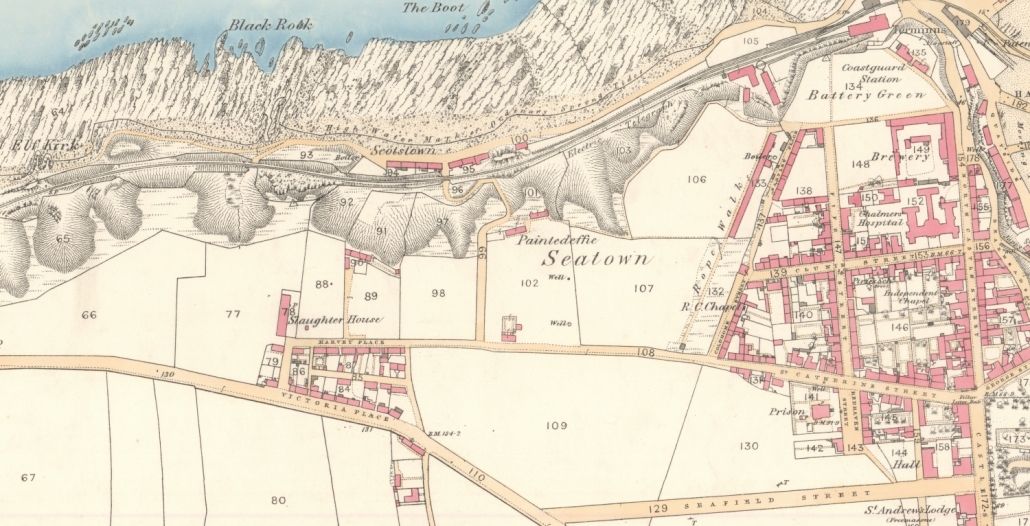
As can be seen on this map, Painted Effie was out of town – the road called “Rope Walk” on this map is today’s Campbell Street. When the Wash-house was first built in 1765 the only houses in this direction were along St Catherine Street, so Painted Effie really was out of town. The town was growing fast and by 1902 Wood Street and Fountain Street were in place and the wash-house at Painted Effie was not in use, because generally houses had their own water supply and a communal wash place was no longer needed. The last record that can be found of “Painted Effie” being officially used as a placename was in 1930.
Today small elements of the original 1765 Wash-House exist, but the building was extended in 1902 to form what is today 8 Fountain Street – the FWB above the door standing for Frances W Bruce. Part of the original Wash House wall can still be seen today, in a private garden, as just a wall, extending out from the present house. The Wash House – by then a shed – was replaced in 2006 and is now part of the house. An old fireplace was found – but it is unclear if that was original or not.
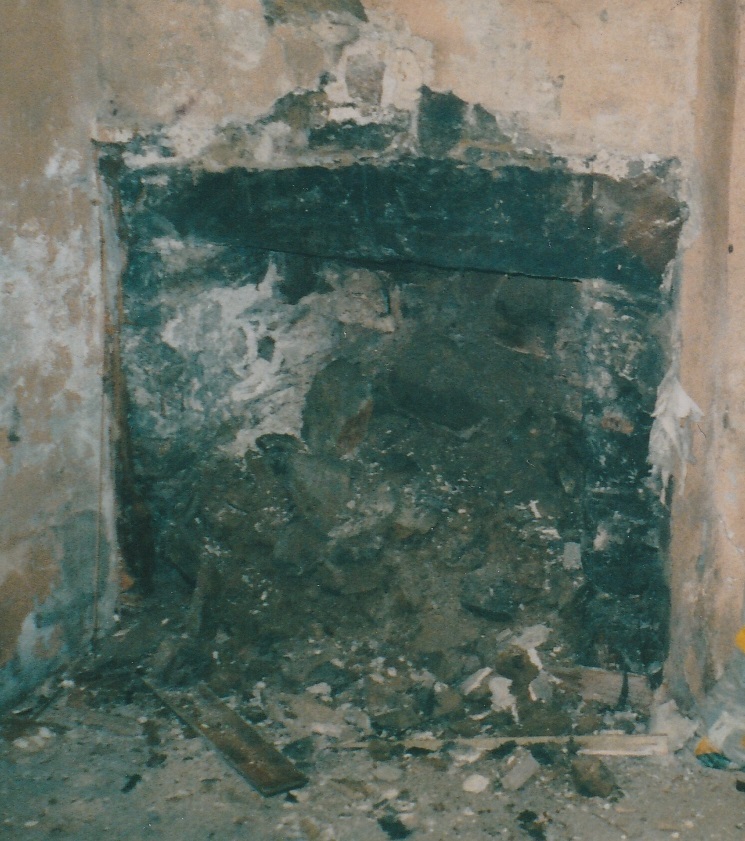
The whole subject became a substantial debate in the newspapers in 1990 over the derivation of the name “Painted Effie”, or as on the OS map “Paintedeffie”. There is a story, recounted by Gordon Hossack, that his mother told him it was named after a Euphemia, a name commonly shortened to Effie. While certainly there were several people called Euphemia living in Banff in the 18th and 19th centuries, none are listed as living in this part of town, although of course she may have been there before printed records. The story goes that the “Painted” came from Euphemia being so careful and precise that the local word “pointed” was given to her, which got changed over time to “painted”. However even in the 1763 Burgh records Painted Effie was an established placename; it is doubtful therefore that such derivation is more than a local tale.
Other derivations suggested during this debate 30 odd years ago included:
- “Pen-dau-alvie” – celtic, even pictish, words, meaning “Headland of two Rocks”; this does sort of fit, not today, but think of the Elf-Kirk Rock – that used to be one of two rocks until the railway blasted it away; a similar derivation has also been suggested for the harbour head, Meavie Point, possibly derived from “Pen-mi-aivie”, headland of the single rock. One 18th century record recalling the name as “Pentit Effie” has been found, and Scotstown was sometimes called Painted Effie, both of which may support this derivation;
- “Pant na Feidh” meaning “marshy hollow”;
- From the middle English word “Affere” meaning a display – for the beautiful sunsets; although others suggest that our ancestors rather looked out to sea to keep a watch for the dreaded Viking longships.
We’ll never know the true derivation, but it will no doubt remain an intriguing name.
